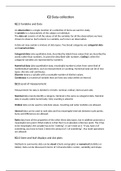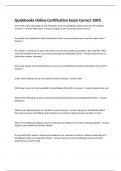Zusammenfassung
Business statistics Book Summary - IBA VU
- Kurs
- Hochschule
- Book
Een volledige(!) samenvatting van het boek Applied Statistics in Business and Economics voor het eerstejaars vak Business Statistics van International Business Administration (IBA).
[ Mehr anzeigen ]





